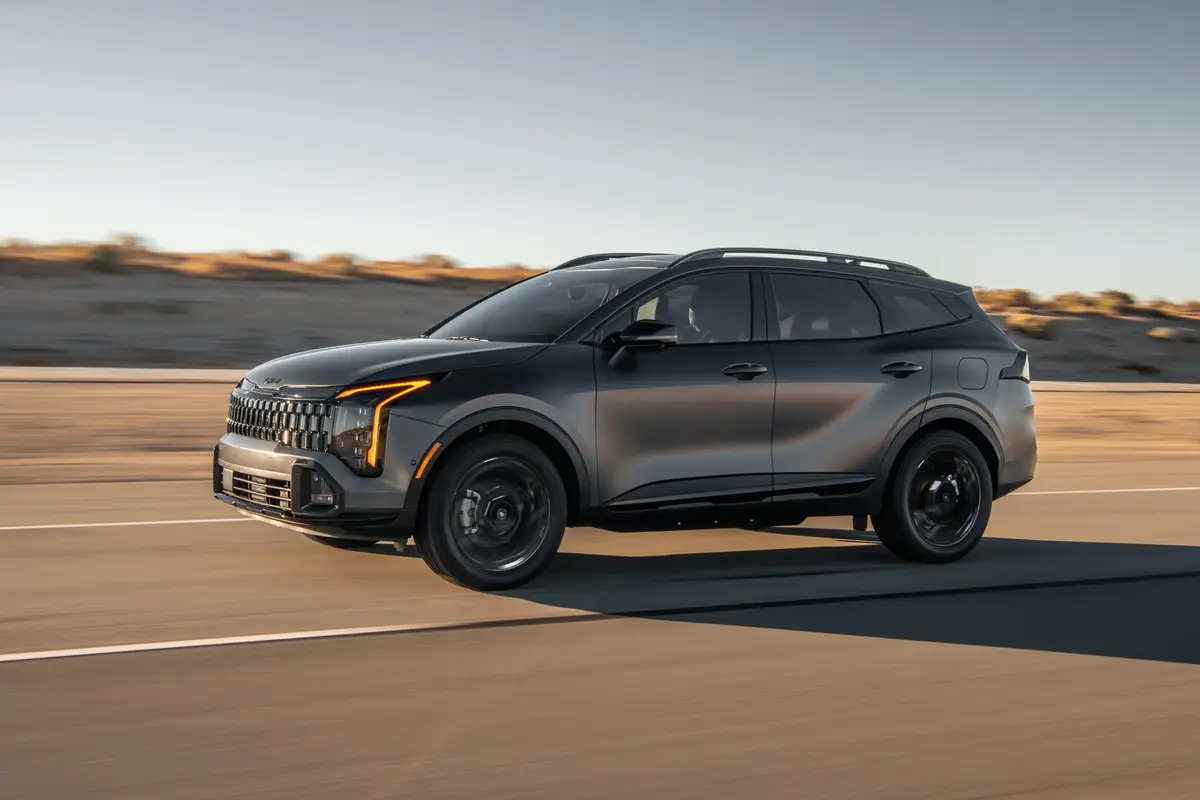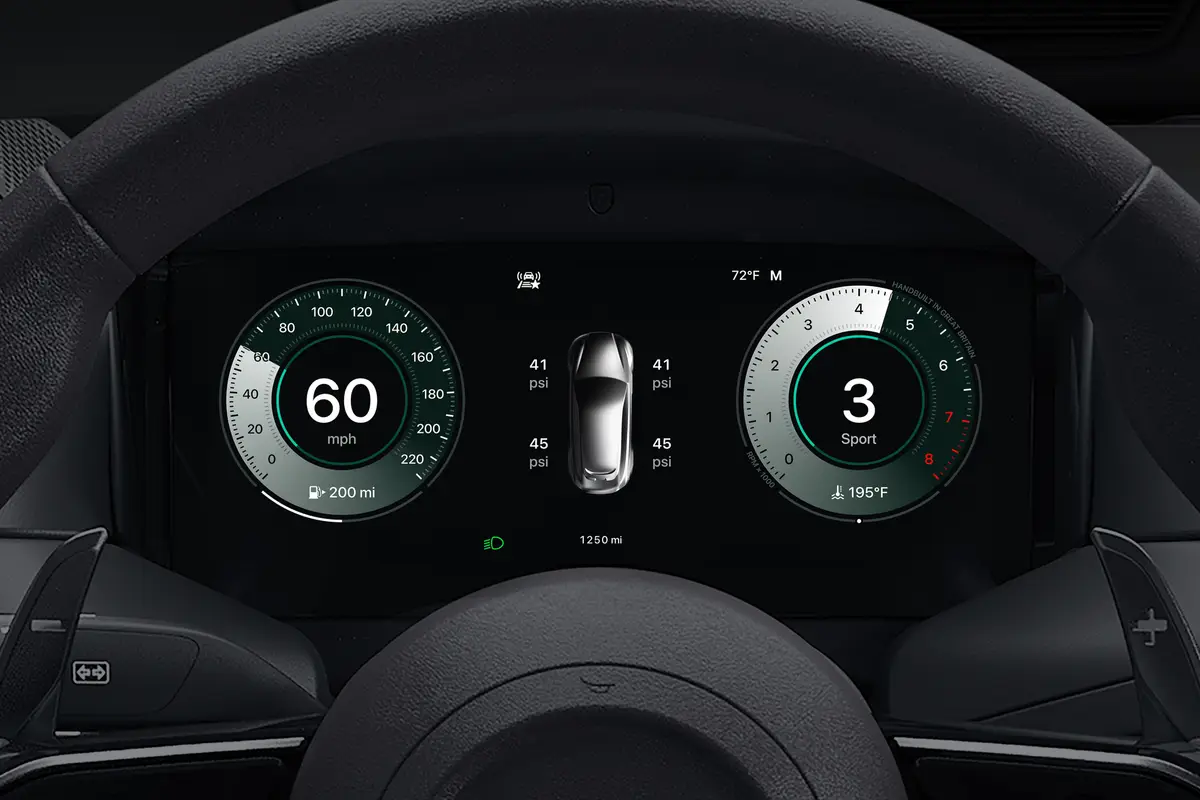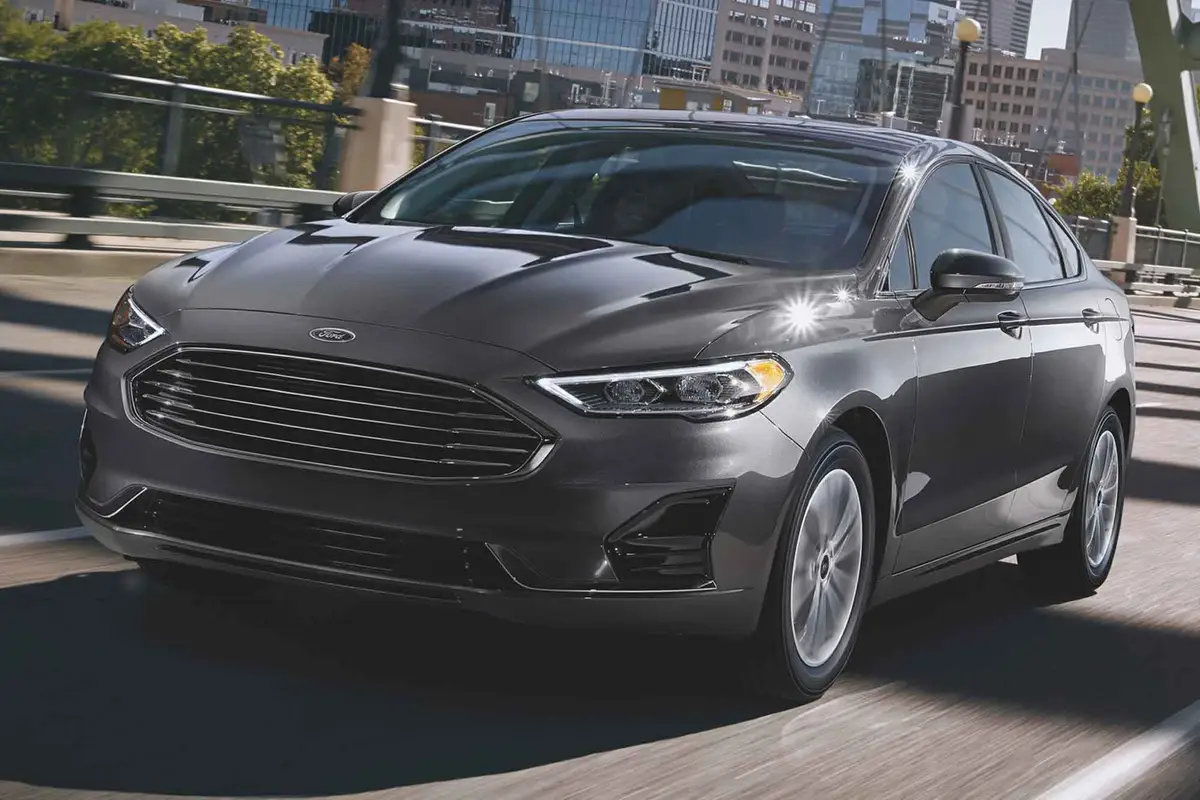The Morning Call and Mcall.com's view
One thing the venerable Plymouth Horizon is not doing for the 1987 model year is riding off into the horizon. I’m not sure if Chrysler Corp. is trying to set a Guinness Book of Records with the longevity of this very familiar-looking car but it certainly looks like it is on the way.
One logically would think that by offering the same basic model (with many updates and refinements, of course) for so many years, sales would greatly decrease. After all, the old automotive axiom is that new sheet metal sells. And you can’t call anything new about the sheet metal of the Horizon: It looks the same as it did when it came out in early 1978.
But the Horizon for 1987 – introduced in May and called the Horizon America – is selling so well that dealers can’t keep them in stock. (Everything said about the Horizon America also applies to the Dodge Omni America.) This at first may seem a little strange when you consider that so many newer cars are being offered – even by Chrysler Corp. itself – and the Horizon, although functional-looking, is no real beauty. It is strictly from the two-box design school (a smaller box stacked on top of a larger box).
The Horizon America, however, is selling for the best of all reasons: It is a tremendous value. What Chrysler did was upgrade the car in general and then cut the price. This is always a neat trick and a rather effective one at that. For $5,799 you get a nicely equipped car. Not some stripped-down car with small engine and small wheels, but one with a 2.2-liter/135 cubic inch engine, a five-speed manual, a nice level of interior trim, ”Rallye” instrumentation, rear window defroster, power brakes, and a couple of other things. In fact, the test car with the usual items most people will order in a car – air conditioning, AM-FM stereo with cassette, automatic transmission – had a bottom line of just under $7,500. Certainly a price that would be hard to beat in any comparably equipped car.
You may very well ask, how did Chrysler do it? Well, not with mirrors but close to it. The Horizon did have a long run, which of course does keep down cost. Also, it is possible to save money by offering it in only one level of trim. But rather interestingly, another factor was involved here. Just about everybody involved in this car – Chrysler and its suppliers – gave up a little slice of the pie to keep the price down. (Until August, the base was $5,499, an even better buy.)
All of this brings us back to the test car, which had to be obtained from Chrysler Corp. because of the scarcity at local dealerships. Somewhat interestingly, though not overpoweringly so, was that Chrysler also supplied the first Horizon tested for this column. It was back in January of 1978 and that car was only the 53rd Horizon to come off the assembly line. That car certainly left an impression on me as did the latest one. For somewhat different reasons though. The first Horizon also happened to be the first small front-wheel drive car built in America and as such there was quite a novelty about it. Nowadays everybody has a front-wheel drive car, but back then it was the Horizon and its corporate cousin the Dodge Omni. (We shouldn’t forget those other pioneers, the Oldsmobile Toronado and the Cadillac Eldorado, but that was an entirely different concept.) The latest Horizon impressed me, as mentioned before, because of the money and just because it lasted so long.
The Horizon of today is almost identical to the Horizon of yesterday in outward and inward dimensions. With a EPA index rating of 101 cubic feet (85 interior, 16 storage) it is classified as a compact (100-11 cubic feet). Overall length is 162.1 inches, wheelbase 99.1 inches, width 66.2 inches, height 53 inches and curb weight is 2,174 pounds. There is room for five passengers and all five will have decent room. The front seats are spaciously sized fora compact and should accommodate all but say King Kong Bundy and Big John Studd. The rear seat even offers some leg room with the front seats extended fully aft. Leg room and passenger comfort, to be sure, is better with the front seats only extended about half way back. But it is a hatchback and with the rear seat folded cargo space is increased to 36.6 cubic feet.
The Horizon is one of those easy to drive cars. In fact, if equipped with an automatic transmission (such as the test car), an untrained gorilla could probably drive it. So, be sure to lock it if you park it next to a circus or zoo. Because of its relatively short length it is quite maneuverable and its lack of front and rear overhang let you know where it is at all times. Both these factors help in parking.
The suspension features ”Iso-Strut” independent up front and a semi- independent trailing-arm set up in the rear. There is no attempt at a sports suspension here, so handling is as can be expected from a compact economy car. (In certain Dodge models this basic suspension can be beefed-up to provide sports car-type handling.)
The only engine offered for the Horizon America is Chrysler’s own 2.2- liter/135 cubic inch four. In the 1986 model year, this was the optional engine with the smaller 1.6-liter/97 cubic inch Peugeot engine being the standard. I guess it would be difficult to call a car the America and offer it with a French engine. Anyway, the 2.2-liter is a dandy engine for all Lehigh Valley driving conditions. It is rated at 96 horsepower at 5,200 rpm and 119 foot pounds torque at 3,200 rpm. (For a bit of digression, this basic engine with an intercooled turbocharger pumps out 175 horses in the Omni-based Shelby GLH-S.)
The test car with its three-speed automatic had decent performance in all ranges. Just thromp away and let the transmission do the thinking. Fuel mileage averaged 20 miles per gallon for city driving and 28 overthehighway. The five-speed manual transmission would increase highway mileage but city driving should be about the same with either.
The Horizon America is backed by Chrysler’s 5 year/50,000 mile limited warranty.
Latest news



